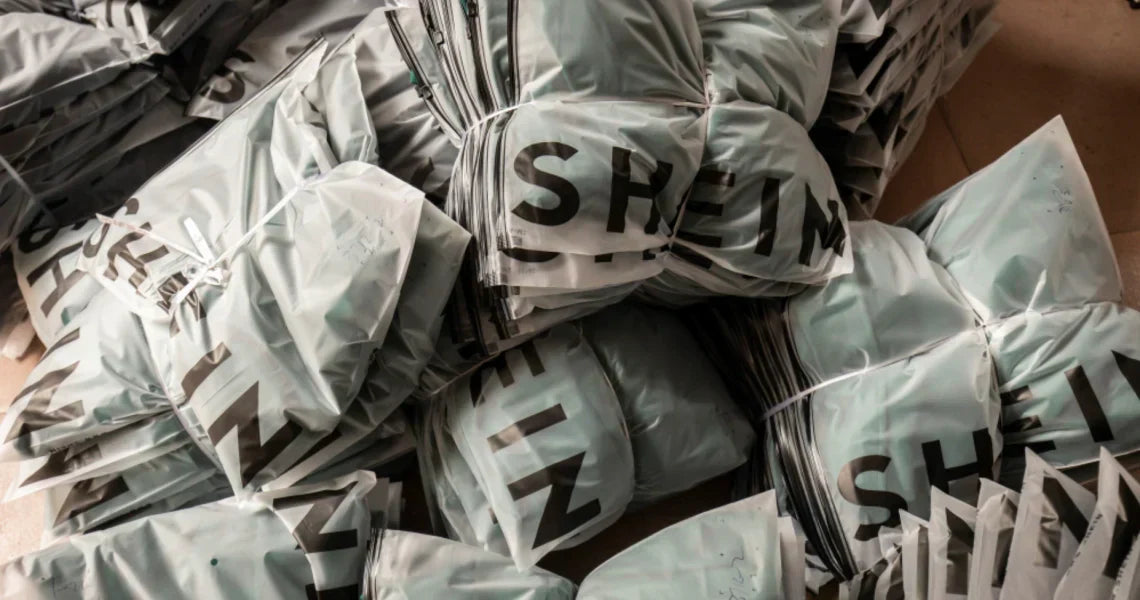Climate change for kids - 6 ways to talk to children
Climate change for kids can bring up a lot of feelings. As adults, we are meant to protect children and their futures, but instead, our generations have damaged the planet immensely. So, it’s easy to feel guilty when discussing this difficult reality with them, as it shouldn’t be their problem to solve!
But on the other hand, we know it’s important to raise children to be conscious of their impact on the world around them, including how their actions affect the planet.
So how do we do so without creating climate-anxiety and putting unfair pressure on their shoulders? How do we inspire children without creating fear?
Global warming for kids
When it comes to talking about global warming for kids, many parents think it's a subject best left alone. This is understandable. We don’t want to worry our children or burden what may be the most carefree years of their lives with serious problems that we - as adults - should be the ones to figure out.
But talking about climate change doesn’t have to be all negative. With a focus on solutions and empowering children to become part of the movement for change, kids can go away feeling inspired instead of being weighed down.

How to talk to kids about climate change
For those wondering how to talk to kids about climate change, here are 6 tips on how to approach the subject, alongside some examples of what you could say. Whether you are a parent, grandparent, older sibling, teacher or something else, these tips can help you get started.
1. Focus on clear facts
When thinking about how to talk to kids about climate change, it often helps to focus on clear facts rather than general statements. This encourages their curiosity and helps you “show” instead of “tell” them.
For example instead of “Plastic is really bad so we don’t use it,” you could try saying “in our country over two million tons of plastic waste is created every year - that’s as heavy as 500 thousand elephants! Sadly lots of it ends up polluting our land and oceans which is harmful to the planet.”
2. Be age appropriate
Obviously, the way we are going to talk about climate change with a 14-year-old and a 5-year-old is going to be incredibly different. Here are some ideas for engaging different age groups:
0-5 years old: Introduce simple ideas about taking care of the planet, such as pointing out season changes, animals, and beautiful nature. Even if kids don’t take all of it in, modelling good habits will instil a sense of responsibility towards the planet at a young age. For example:
“It’s super important to clean up our mess at the park and keep the planet tidy.”
“Let’s turn off the lights because it is good for the environment to use less energy.”
6 - 10 years old: Start to have simple factual conversations and emphasize different ways we can work together to be part of the solution. Encourage them to ask questions about what they might have heard about climate change in school, from the media and from friends.
“For a long time, humans haven’t been taking care of the planet very well. We have made too much waste and released too many nasty chemicals into the air. That’s why we are all trying to make better choices that are kinder to the planet!”
“Do you want to help me make an at-home compost for our family food waste? It’s so much less wasteful than us putting it in our regular waste bins.”
“Let’s walk to the shop instead of taking the car - there’s no need to waste fuel when it’s only 10 minutes away.”
11 - 15 years old: Kids these days are becoming incredibly smart climate activists at a younger age. I mean, just look at Greta Thunberg! Don't be afraid to admit that you might be able to learn a thing or two from them about climate change by the time they are in high school. Instead of simply sharing your knowledge now, bring up open discussions & encourage them to share their views. Focus on reinforcing positive behaviour and holding space for new topics of discussion.
“Hey, have you heard about these new refillable cleaning products by Spruce? What do you think about us trying some new refillable swaps as a family?”
“Have you seen that news story today about the climate change conference? What did you think about it?”
“Wow this vegan meal you have helped me make tastes amazing. How would you feel about cutting down our meat consumption even more together?”

3. Focus on hope by using positive statements
The last thing we want to encourage is climate-anxiety in our children. And if we only talk about the doom and gloom, they may go away from the conversation feeling hopeless or discouraged. Balancing the conversation with positive statements can help. For example:
“Unfortunately climate scientists don’t think the government is doing enough right now to limit global warming and reverse the damage on our planet. What’s amazing though, is that more people like you and I are coming together to be a part of the mission to change things for the better. Isn’t it great to think how much power we have when we all work together?”
4. Let them be children
Remember that even though climate change is a super important topic, you are still talking to a child. They might not immediately be interested in the concepts you introduce, and that is okay. That doesn't mean they won't ever be. The goal is to encourage authentic curiosity, not to shame them if they don’t respond enthusiastically immediately.
It’s easy to feel exasperated when your 8-year-old asks you for a plastic toy set hours after having a chat about ocean plastic pollution. But remember, they are children. And above all, they have the right to feel safe and loved! Even if our kids aren’t ready to chat about climate change yet, we can always still set a good example for them by modelling climate-friendly behaviour.

5. Validate any fears
At any age, if your child comes to you worried about climate change, it’s important to validate their fears without escalating. Encourage them to open up more about their thoughts, and let them know you understand. Finish with a positive distraction.
“I know it's worrying, and what you are feeling is completely normal. Sometimes I worry about this too, and it’s really brave for you to tell me. You are a caring person who wants the best for our planet! Do you want to talk to me more about how you feel?”
“I’m so proud of you for telling me how you feel. Now why don’t you come and help me make these yummy low-waste brownies?”
6. Get them involved in the solution
Kids often respond better to activities than long conversations. Encourage them to be autonomous environmentalists by showing them the power of individual action. Some ideas are:
-
Go litter picking around your local area
-
Plant a tree or some home grown produce
-
Reuse old items to make crafts
-
Make low-waste, vegan treats together
-
Shop second hand for clothes and toys
-
Attend a family friendly peaceful protest
-
Get them to help refill your refillable swaps
Climate change facts for kids
There are loads more helpful resources out there with climate change facts for kids, educational videos, interactive activities and much more. If you’re still looking, why not try some of these:
So there you have it! I hope this has been helping in breaking down climate change for kids and exploring how we can talk to young children about the planet without burdening them.
Above all, it’s important to inspire our children to be caring, conscious environmentalists by setting an example for them to follow. Kids learn far more from imitating your behaviour than they ever will from being told what to do with no demonstration of why.
Stay tuned on the Spruce Blog or sign up to our newsletter for more conscious living tips!






Leave a comment (all fields required)